This is how to make a DIY drip irrigation kit for free
Try these cheap and easy hacks for a DIY drip irrigation system and keep your plants and crops well watered all summer long
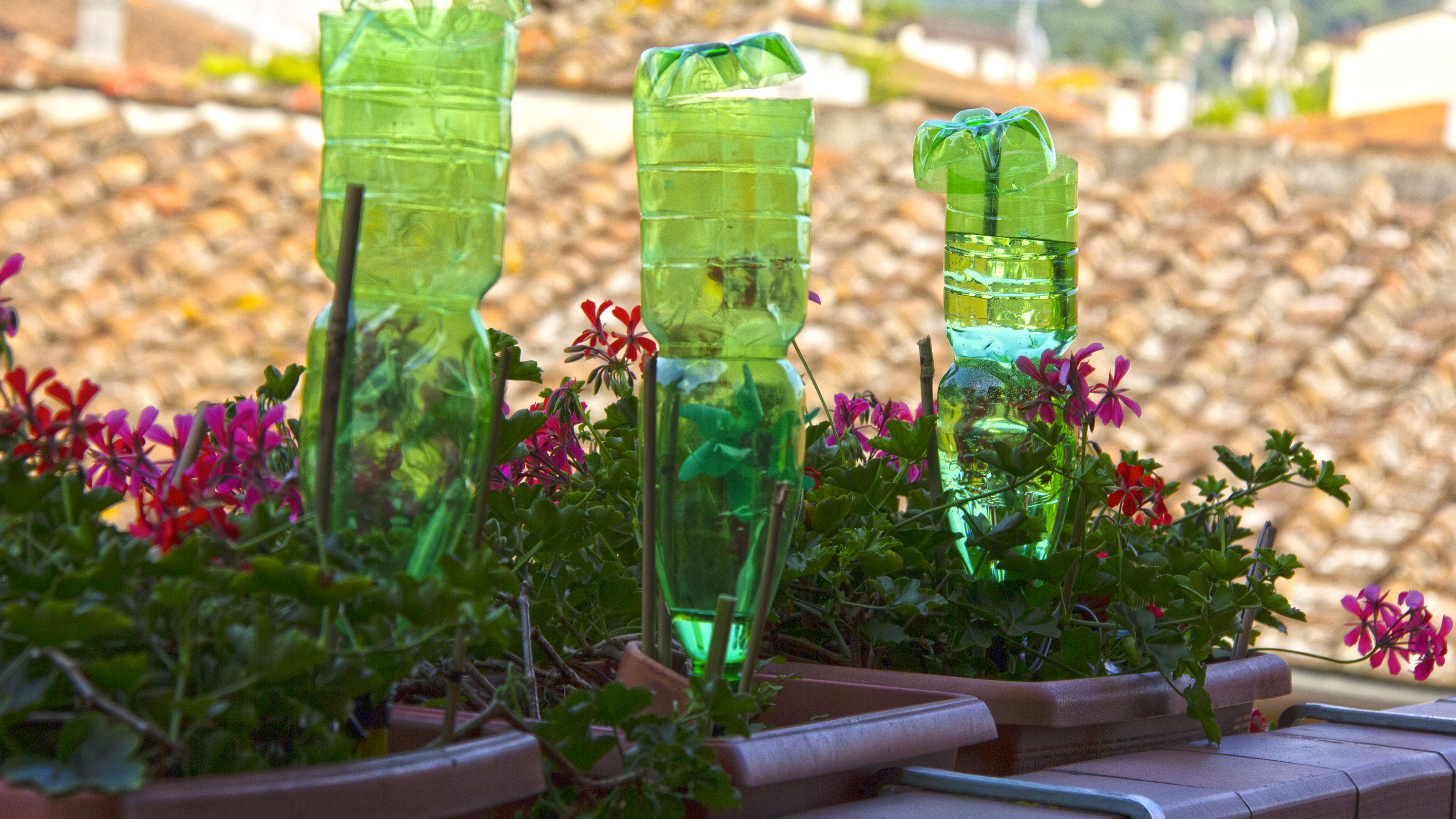

Setting up a DIY drip irrigation kit might sound like a challenge, but it's actually pretty easy to do.
Through a long, hot summer with little to no rainfall, any methods for watering plants will always come in handy. And there are plenty of occasions when it's more useful to have an irrigation system that can do the watering work for you.
Drip irrigation is a known water-saving technique: water is directed straight to the soil and roots, and there's way less spillage from watering cans and hoses. With an irrigation system, your plants have more regular access to water, meaning the soil will stay moist even in hotter temperatures.
A DIY drip irrigation system saves you the time spent walking from plant to plant; time which could be much better spent repotting or doing something else garden-related.
Implementing DIY drip irrigation is a fantastic solution to watering plants while away too. No more asking your neighbor to help when you've got it covered already!
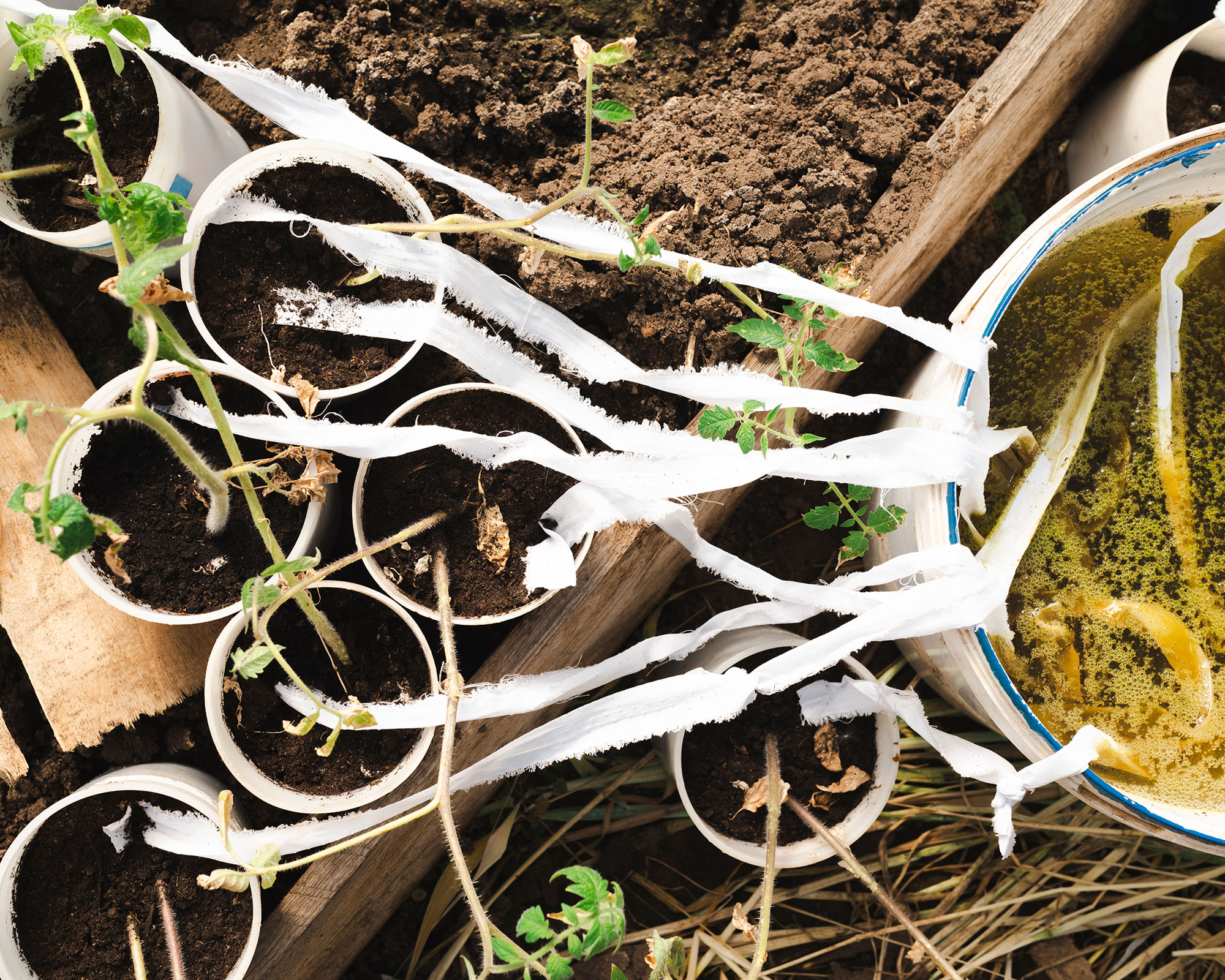
5 simple solutions for DIY drip irrigation systems
It's worth choosing the most appropriate irrigation system for your plants and outdoor space. If you have an array of potted balcony plants, you'll most likely opt for a bottle system, while someone with a large kitchen garden or vegetable patch to maintain might want a hosepipe or underground irrigation set up.
Along with some of our favorite solutions, we've asked Ruth Hayes, gardening editor for Amateur Gardening, for some of her top DIY drip irrigation methods too.
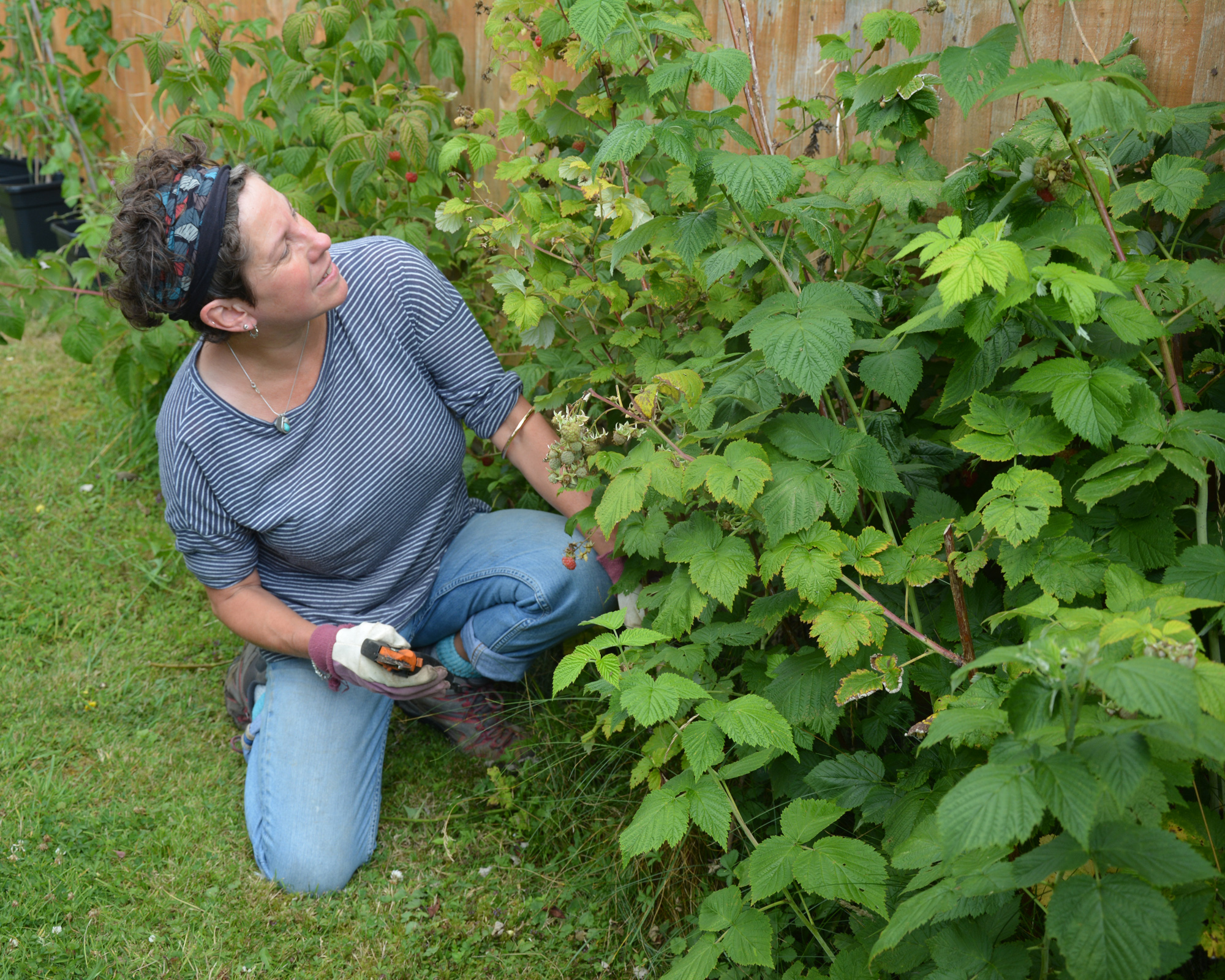
Ruth has been the gardening editor of Amateur Gardening magazine since 2014 and spends her working days carrying out, writing about and photographing the tasks the readers should be carrying out each week.
She is horticulturally trained and her work varies with the seasons. In summer, one of her main tasks is keeping her garden well watered, including when she is on holiday. She's been using many of these tried-and-tested DIY drip irrigation methods in her own garden for many years with great results.
1. Suspend a plastic bottle to irrigate your plants from above
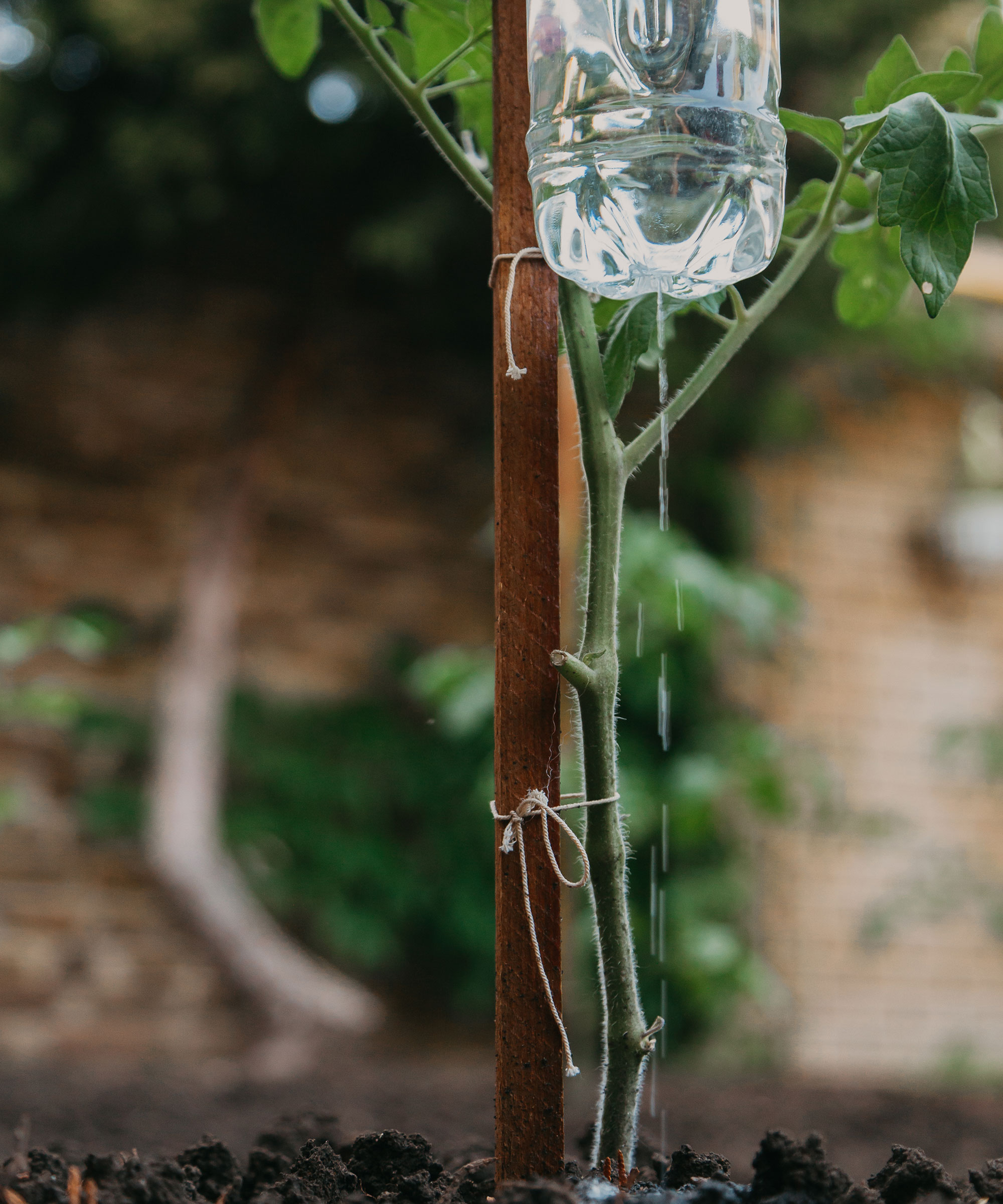
'The most common tried-and-tested DIY method for irrigation has to be with plastic bottles,' says Ruth Hayes. 'It's a readily available object in most homes, and it couldn't be easier to transform one into an at-home irrigator.'
All you need to do is pierce a few holes in either the lid or the base of the bottle, then suspend the bottle above your intended plant. Water will drip slowly out – and if you use the lid to pierce holes, tightening the lid will reduce the speed of the drips.
If you've been collecting rainwater in a water butt or rain barrel, make sure you do your bit for garden water saving by using that water in the plastic bottles rather than filling it with fresh water from the tap.
2. Insert a wine bottle and drip nozzle in the soil
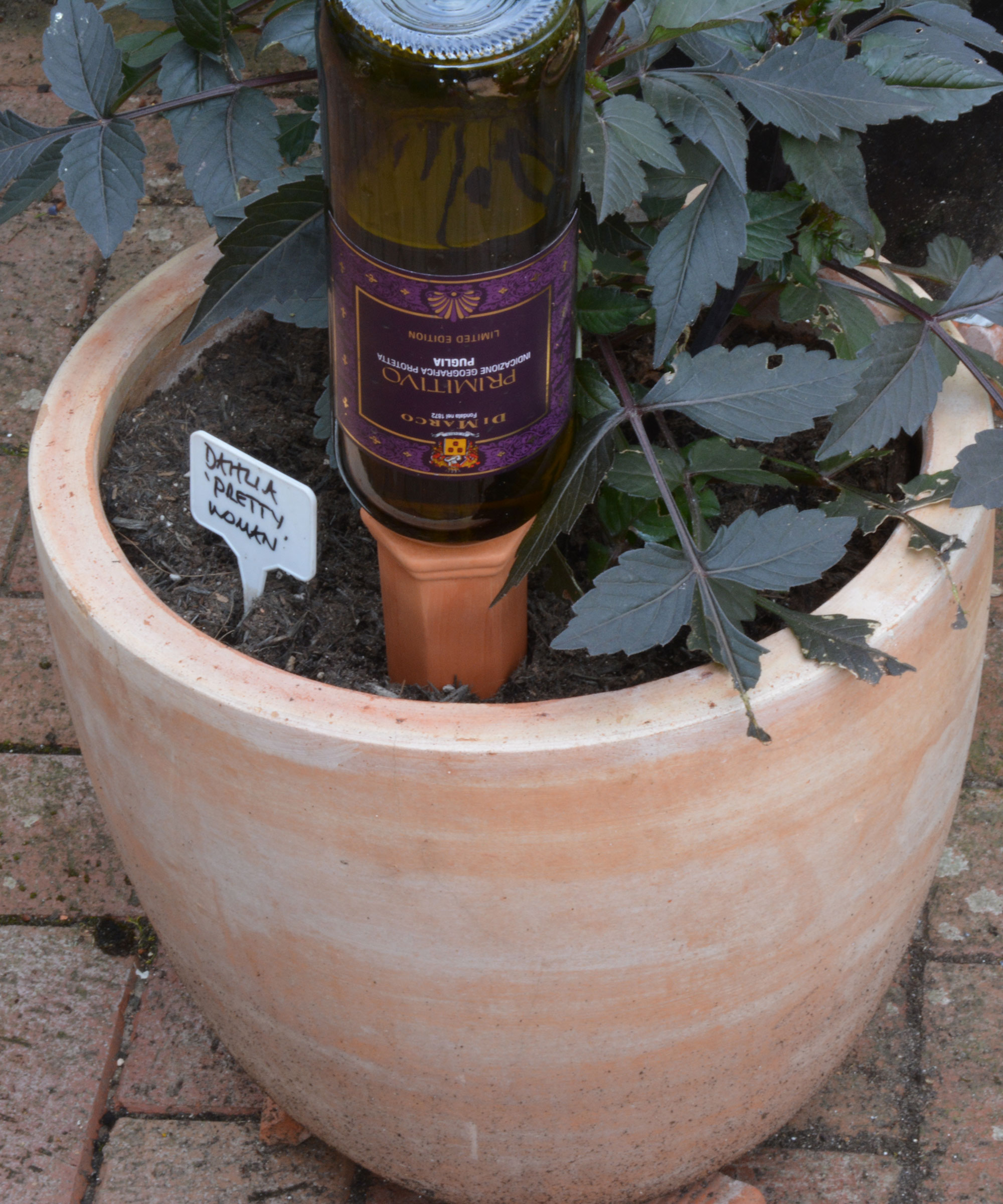
For potted plants and smaller garden planters, you can do the same bottle trick but actually place it directly into the soil. Popping the bottle inside a sock will help prevent soil from entering the holes.
If you don't quite trust your bottle-hole-boring techniques, there are screw-in drip nozzles available. Ruth tells us that you can also get attractive terracotta watering spikes (like these ones from Amazon) that you can slot over a wine bottle filled with water. As the terracotta is semi-porous, water will slowly seep out into the soil until the bottle is empty.
While this is a great use for your leftover wine bottles, just be careful if you have small children running about outside in case of broken glass.
3. Tear an old towel into strips for capillary irrigation
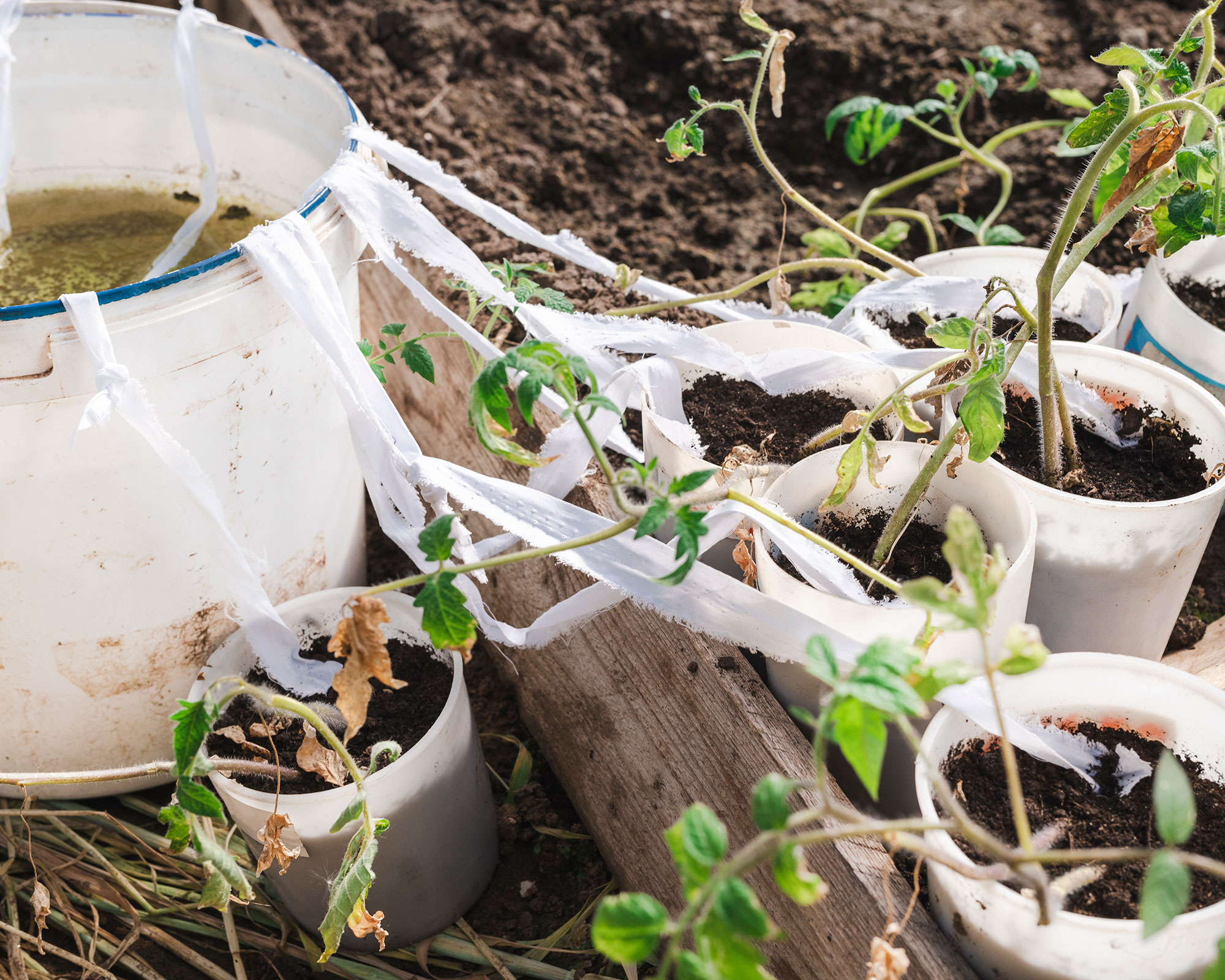
Much like a paper towel sucking up water, a wick watering system is a no-frills way to keep your plants watered for as long as two weeks.
'Simply fill a bucket with water and tear an old towel into strips,' says Ruth. 'Put one end of the strip into the water and bury the other just under compost in the pots you want to water. Voila! This is a very basic capillary watering system, and is good for when you go on holidays.'
To ensure the wick properly transfers water, it needs to be made of a high moisture wicking material. The best household materials, along with spare towels, include wool, burlap, and cotton shoelaces.
If the fabric won't stay submerged, tie a weight to it: a nail, bolt or paperclip. One wick per plant should be sufficient.
Ruth adds that clustering containers together in a shady spot keeps the compost damper for longer, which in turn makes this method work better.
4. Prick holes in a garden hose to drip irrigate at ground level
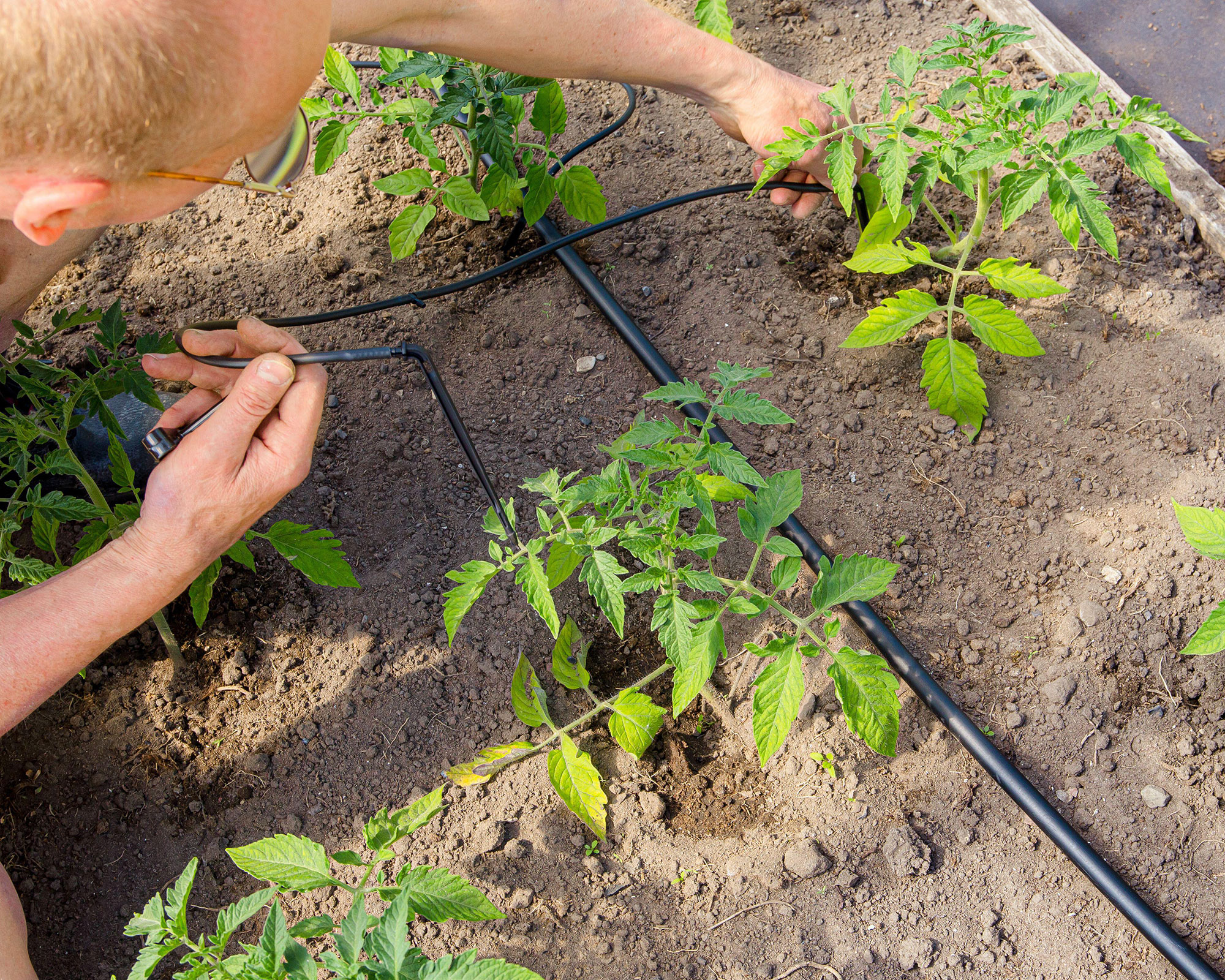
For a homemade irrigation system, why not get some use out of your old garden hose?
Ruth tells us, 'You could get an old hose and prick holes along it, then lie it out along your grow bags. Attach the hose to a tap so it drips onto the compost. Make sure to block the other end with a controllable nozzle to avoid loss of water.'
The beauty of this DIY irrigation method is you're free to twist and turn the hose in as many ways as you'd like so it adequately covers all the plants you need it to.
If you have some adjustable spray nozzles (like these from Amazon) lying around, this is a perfect DIY project to use them for. Alternatively, you can step up your game with some timed sprinklers and advance this system into being a totally automated self watering system, saving you even more time.
5. Use piping to irrigate plant roots underground
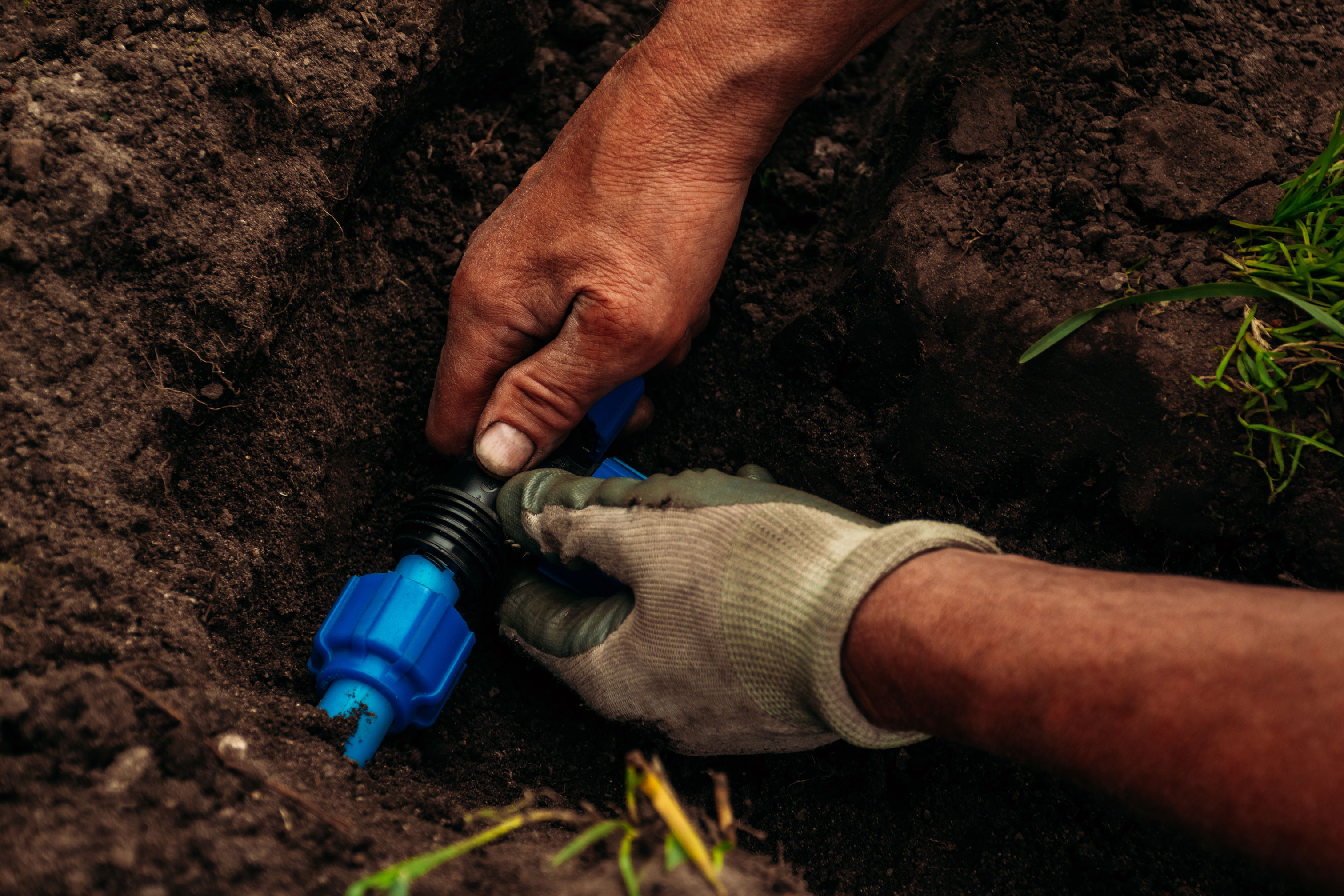
You can also use the same hose method for an underground irrigation system. For hotter regions, this will help avoid evaporation in the hosepipe. Just make sure to cover with a few inches of mulch to keep the water cool.
Remember, too, that some burrowing creatures may take a liking to the tubing, and chew through it on the hunt for water. Keep an eye on your tubing and find bigger leaks as and when they appear.
This method is able to deliver water right to the roots of your plants, so it's a top water conserver and a great idea for sustainable gardens.

Freelance writer and author Flora Baker is a keen amateur gardener and houseplant enthusiast. Her small garden in South London is a constant work in progress as she gets to grips with snail prevention, DIY trellises and what to plant in shady spots overrun with ivy.
